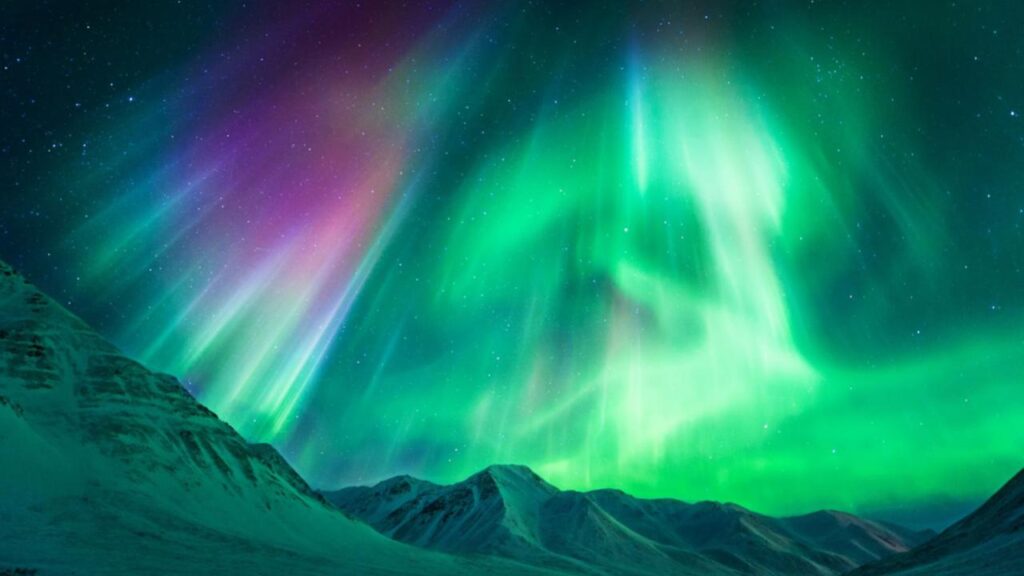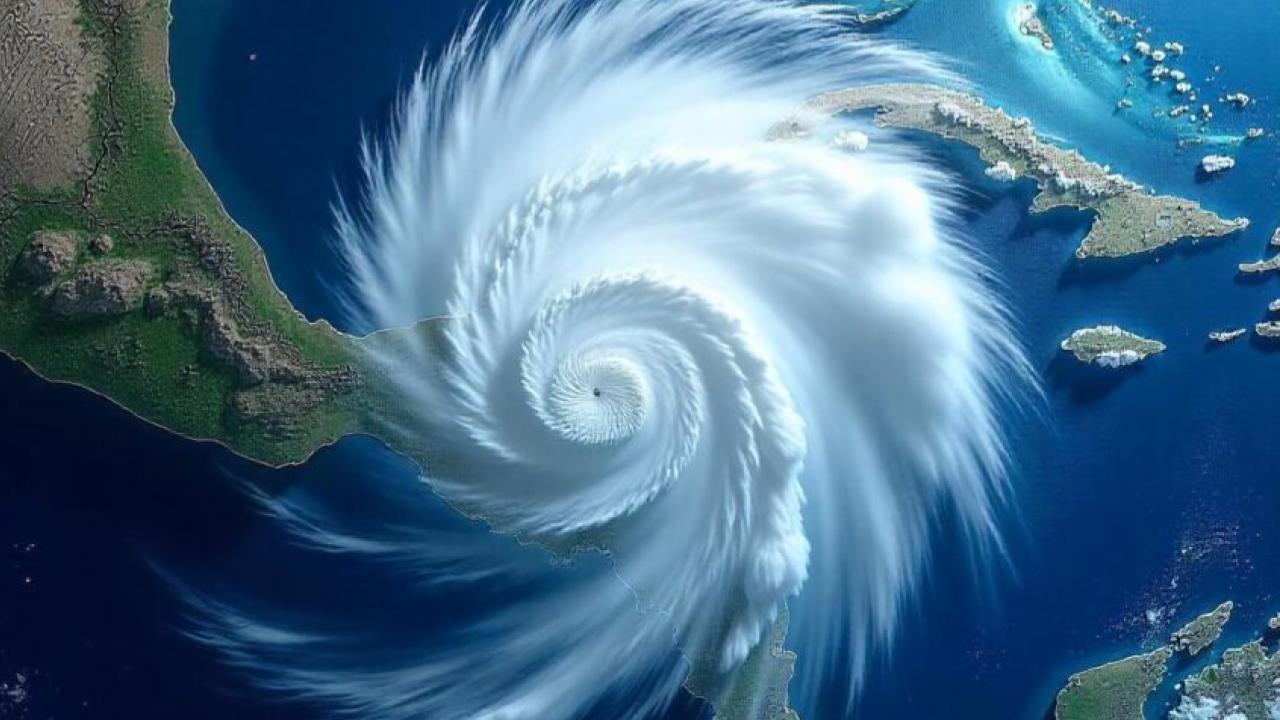If you missed the magical show last time, don’t sweat it—you’ve got another second chance to see the Northern Lights in the U.S. this week! That’s right, the aurora borealis, nature’s own light show, is making another dazzling appearance across the skies—this time possibly visible in over a dozen states. Thanks to strong solar activity, Americans from coast to coast could witness a rare cosmic spectacle without having to fly to Alaska or Iceland.

And guess what? NOAA just upgraded this geomagnetic event from mild to G3 strong, which means the lights may dip way farther south than usual. We’re talking as far south as Illinois, Pennsylvania, and even Oregon if the skies stay clear and dark. So whether you’re a backyard stargazer, a seasoned astrophotographer, or just someone who loves cool stuff from space—this is your moment.
Second Chance to See the Northern Lights
| Feature | Details |
|---|---|
| Event | Second visibility window for the Northern Lights (Aurora Borealis) |
| When | May 29–31, 2025 |
| Where | 15–17 U.S. states, including Montana, Michigan, Minnesota, New York, and Oregon |
| Why It’s Happening | G3-level geomagnetic storm triggered by solar wind from a coronal hole |
| Best Time to Watch | Between 10 p.m. and 2 a.m. local time |
| Photography Tips | Use night mode on phones, or DSLR with low aperture and high ISO |
So there you have it. A rare, real-life light show is about to paint the American sky, and you don’t need a telescope—or a plane ticket to Iceland—to see it. The Northern Lights are coming back for a second round this week, and dozens of U.S. states might just get a front-row seat. Grab your lawn chair, bundle up, and look north. Sometimes, the universe likes to show off—and it’s giving us a second chance to enjoy the view.
What’s Causing the Aurora Light Show?
Let’s break this down for folks who aren’t rocket scientists. The Northern Lights, or aurora borealis, happen when charged particles from the sun slam into Earth’s magnetic field. This interaction gets wild in the upper atmosphere—exciting gases like oxygen and nitrogen—and boom! You get those swirling green, purple, and pink waves in the sky.
This week’s show is thanks to enhanced solar wind coming from a coronal hole on the sun’s surface. It’s sort of like a cosmic burp, and when it hits Earth’s magnetic field just right, it sparks a geomagnetic storm. That’s when auroras can creep lower than the typical polar regions.
NOAA (National Oceanic and Atmospheric Administration) bumped this one up to a G3-level storm, which is kind of a big deal. That level of intensity makes the Northern Lights visible far beyond Canada and the Arctic Circle.
States Where You Can Watch the Northern Lights This Week
So which parts of the U.S. should be on alert? Here’s where your chances are off the charts if skies stay clear:
- Montana
- North Dakota
- Minnesota
- Wisconsin
- Michigan
- Maine
- Vermont
- New Hampshire
- New York
- Pennsylvania
- Iowa
- Oregon
- Idaho
- Washington
- Wyoming
- South Dakota
- Northern parts of Illinois
If you live in or near any of these places, do not miss this chance. Just step outside, look north, and let your jaw drop.
Tips for Watching the Northern Lights
Watching auroras isn’t like catching a Hollywood blockbuster—you’ve got to be patient and smart about it. Here’s how to up your chances of seeing the magic:
1. Get Away From Light Pollution
Head to the outskirts of town, a national park, or anywhere away from city lights. The darker your location, the better your view.
2. Watch the Weather
Clear skies are a must. Use apps like Clear Outside or NOAA’s Aurora Dashboard to check both cloud coverage and auroral activity.
3. Look North Between 10 PM and 2 AM
That’s the sweet spot. If the auroras hit, they usually show up late at night and may last just a few minutes—or a few hours.
4. Bring a Blanket, Snacks, and Patience
It gets chilly out there! Pack warm, bring some trail mix or a thermos, and hang tight.
How to Photograph the Aurora (Even With Your Phone)
If you want to snap some epic shots, here’s how to do it without needing a NASA-grade camera:
Smartphone Tips
- Turn on Night Mode
- Disable the flash
- Use a tripod or prop your phone still to reduce blur
- Tap and hold to focus on the darkest part of the sky
DSLR or Mirrorless Camera Tips
- Lens: Wide-angle (f/2.8 or lower)
- Shutter Speed: Start with 10-15 seconds
- ISO: 800 to 3200
- Focus: Set manually to infinity
And don’t forget to review your shots! You’ll sometimes capture more detail on camera than what your eyes can see.
Why This Is Such a Rare Treat
Here’s the deal: most Americans will never see the aurora borealis in their lifetime, unless they travel far north. But solar activity is peaking right now thanks to Solar Cycle 25, expected to hit its maximum in late 2025 to early 2026.
That means aurora events like this are likely to become more frequent—but that doesn’t mean you should pass this one up. Weather, timing, and storm strength all have to line up just right. This week is one of those golden windows.
Impact on Power Grids and Satellites
A quick PSA for the grown-ups and the tech-savvy crowd: G3 storms can slightly mess with satellite navigation, GPS accuracy, and even power grids in rare cases. But unless you’re running mission control, you’ve got nothing to worry about. The lights are mostly just a show—not a threat.
Still, satellite operators, airlines, and grid operators are on alert. So if your Google Maps is acting up, you’ll know why.
Stay Updated with NOAA’s Aurora Forecast
Don’t just rely on social media for alerts. The real-time aurora forecast from NOAA shows whether the lights are likely to appear in your area and how intense they’ll be.
There are also great apps like:
- My Aurora Forecast
- Aurora Alerts
- AuroraWatch USA
These apps send notifications when geomagnetic activity spikes in your zone.
Why California Is Suing Trump Over University Science Research—and How It Affects You
Trump Flips Out Over ‘TACO Trade’ — What You Need to Know
Social Security Checks Coming Sooner Than You Think—See June 2025 Schedule Now!
Frequently Asked Questions (FAQs)
Will the Northern Lights be visible in the Southern U.S.?
Not likely. While strong storms can push visibility south, this G3 event will mostly affect the northern half of the U.S. Think: Great Lakes, Pacific Northwest, and upper Midwest.
Do I need special glasses to watch the aurora?
Nope! The Northern Lights are totally safe to view with the naked eye.
What colors will I see?
Mostly green, but sometimes pink, purple, or even red hues if the activity is strong.
Can I see the lights during a full moon?
Yes, but they may be less visible. Moonlight can wash out faint auroras, so darker skies are always better.
Is it safe for pets to be out during the lights?
Totally safe. Your dog won’t get zapped by cosmic rays. Just keep ’em warm.










